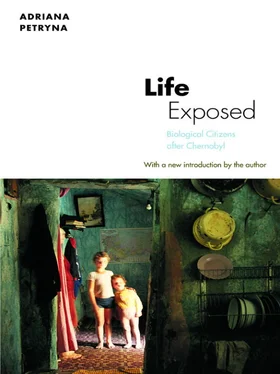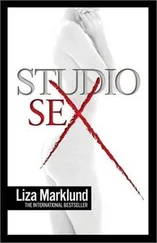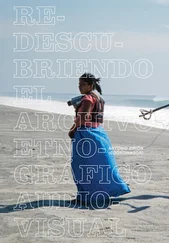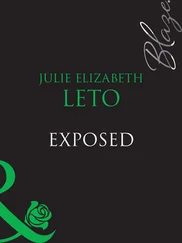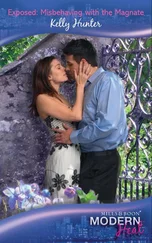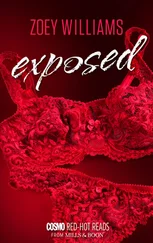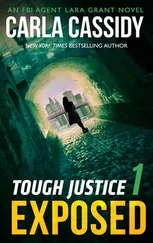Ukraine economy: capitalist transition of, 92–94; Chernobyl tax burden on, 99, 104; import of Western goods and, 145–46; medicalized self component of, 201–6; poverty line/inflation rate statistics on, 92, 222n.14, 231n.13; role of disabled persons’ funds in, 143–48; social reconstruction of health and, 218–20; sparked by compensation to Zone workers, 18; sufferer compensation as resource in, 94–101, 105–7; See also blat
Ukrainian Ministry of Health, 126, 152, 184
Ukrainian Parliamentary Commission on Chernobyl, 98
Ukrainian political economy: benefits of sickness vs. health responsibilities and, 85; Chernobyl aftermath and changes in social and, 15–16, 17–18, 100–101, 215, 217–20; Chernobyl and nation building in, 20–25; Chernobyl as part of national autonomy, 5; Chernobyl-related health effects as central to, 117; groundwork for “counter-politics” of, 15–16; integration of compensation mechanism in, 94–101, 105–7; number of political parties involved in, 224n.32; pensioners/war veterans voting bloc and, 145; radiation research and contingencies/interest of, 162–63; rejection of cost-effectiveness models by, 115–16, 117–18; value of life in new, 6. See also biological citizenship; social protection acts; state
United Nations, 54, 55
United States: bioscientific collaboration between Soviets and, 38–49, 44–45, 46–47; Clinic researchers’ rejection of radiation research by, 158–59; criticism of research
environments in, 235n.1; environmental liability industry in the, 115; Three Mile Island accident in, 36, 37, 105, 160
University of California, 56, 59
UNSCEAR (UN Scientific Committee on the Effects of Atomic Radiation), 9, 10, 39
uranium-235 chain reaction, 37
U.S. Nuclear Regulatory Commission, 36
Varets’kyi, 162, 163
Verdery, Katherine, 6
VvD (vegetovascular dystonia): comparing symptoms of ARS and, 123, 124–26; described, 226n.18; halt in incidence of, 127–28; instructions to medical-labor committee on, 126; used in Pavlova, 137; Soviet directive on criteria for, 43–44
welfare claims. See compensation ( kompensatsiia )
Whitehead, Alfred North, 27
wife battery, 195, 203, 210–12
World Bank, 114, 116
World Health Organization, 54, 55
World War II stories, 67–68
“Y” (Chernobyl cleanup participant), 154
Yamazaki, J. N., 183
Zhytomr region contaminated areas, 82–83
Zone of Exclusion, 88
Zone Four, 82, 86
Zone Three, 82, 83, 85, 86
Zone Two, 82, 85, 87
Zone workers: biological risk standards and, 24; as “bio-robots,” 30, 31, 50; bureaucratic administration of, 97–98; Chernobyl death toll perception by, 94; continued exposure of, 2–3; disability among clean-up, 102 fig; extreme nature of work performed by, 30–31; health evaluated by Expertiza , 18–19; looting by, 98; manipulations used during mobilization of, 43; modes of recruitment, 88, 93, 94–95; necrosed lung tissue of excluded cohorts of, 53; norms of radiation exposures of, 222n.8; occupational risks of, 96–97; political definition of life-value of, 97; psychological disorders vs. original injuries of, 48; resistance to medical screening by, 202; resources available to, 93–94
FIGURE 1. Map of Ukraine
FIGURE 2. Atmospheric Transfer Models
FIGURE 3. Map of Exclusion Zone
FIGURE 4. Incidence of Disability among Chernobyl Sufferers
TABLE 1. Data on “Symptoms, Signs, and Ill-defined States”
TABLE 2. Released Particles and Their Half-Lives
PRINCETON UNIVERSITY PRESS
PRINCETON AND OXFORD
Copyright @ 2003 by Princeton University Press
Published by Princeton University Press,
41 William Street, Princeton, New Jersey 08540
In the United Kingdom: Princeton University Press,
6 Oxford Street, Woodstock, Oxfordshire OX20 1TW
press.princeton.edu
ALL RIGHTS RESERVED
First printing, simultaneous cloth and paperback, 2003
Paperback reissue, with a new introduction by the author, 2013
Library of Congress Control Number 2012949307
Paperback ISBN 978-0-691-15166-3
British Library Cataloging-in-Publication Data is available
This book has been composed in Sabon
Printed on acid-free paper.∞
Printed in the United States of America
10 9 8 7 6 5 4 3 2 1
Baverstock and Williams 2006; Williams and Baverstock 2006. I thank Fred Appel of Princeton University Press as well as the Koyré Center in Paris for the invitation to reflect on this work in June 2012, especially Jean-Paul Gaudillière, Dominique Pestre, and Sezin Topçu. I am also very grateful to Janet Monge, Michael Joiner, Utpal Sandesara, Beth Hallowell, and Britt Dahlberg for conversation and insightful feedback on this essay.
United Nations organizations including the IAEA, WHO, and the UN Scientific Committee on the Effects of Atomic Radiation (UNSCEAR) are main sources of information dissemination regarding the health effects of Chernobyl. They constitute the Chernobyl establishment science and have positioned themselves as authorities of the disaster’s toll.
World Health Organization 2005.
See World Health Organization 2005. This WHO statement is based on Chernobyl Forum 2003–2005.
According to a WHO press release (World Health Organization 2005), “In the health area, the Forum report calls for continued close monitoring of workers who recovered from Acute Radiation Syndrome (ARS) and other highly exposed emergency personnel. The report also calls for focused screening of children exposed to radioiodine for thyroid cancer and highly exposed clean-up workers for non-thyroid cancers. However, existing screening programs should be evaluated for cost-effectiveness, since the incidence of spontaneous thyroid cancers is increasing significantly as the target population ages. Moreover, high quality cancer registries need continuing government support.”
World Health Organization 2006.
World Health Organization 2005.
IAEA 1991:6.
Human Consequences 2002:2.
For critical assessments of the Chernobyl Forum findings (Chernobyl Forum 2003–2005), see Fairlie and Sumner 2006; Williams and Baverstock 2006; Cardis 2007; Geras’kin, Fesenko, and Alexakhin 2008; Mousseau, Nelson, and Shestopalov 2005; among others. For the complete letter referenced by this last article, see http://cricket.biol.sc.edu/chernobyl/nature/letter.pdf.
Williams and Baverstock 2006:993, quoting Shimizu et al. 1992.
Baverstock and Williams 2006:1312.
World Health Organization 2006:107.
For a critique of this approach see Geertz 2005.
Tetlock and Mellers 2011:552.
Human Consequences 2002:2.
For a description of this key lifetime cohort study, see ARCH n.d.
Butler 2011.
Butler 2011. As of this writing, the European Commission may be reconsidering its decision, given the need for such a study; a life span study might be funded on a tripartite basis, that is, the United States, Japan and Europe.
Читать дальше
